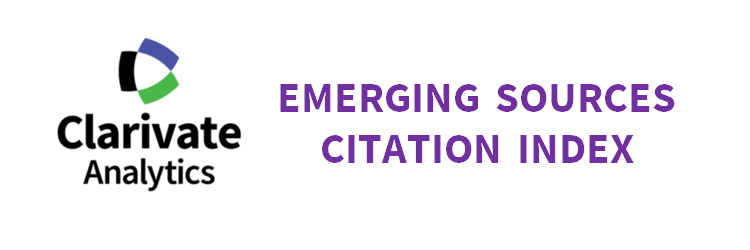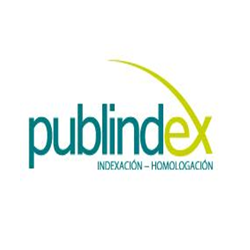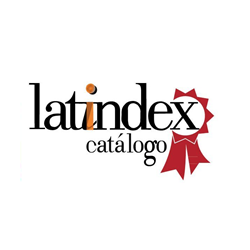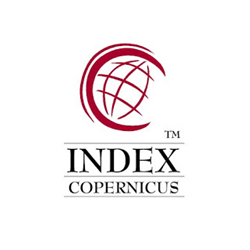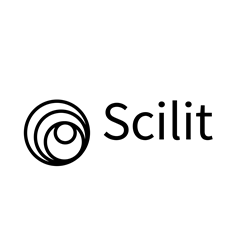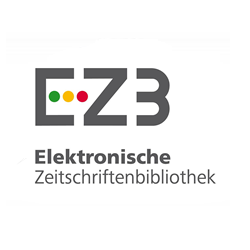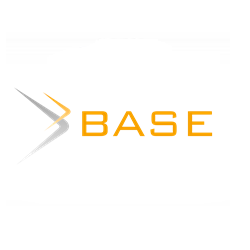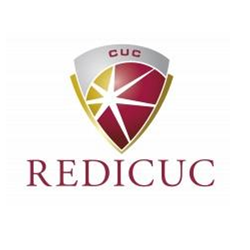Analysis of Institutional Repository Software for Knowledge Management in Universities
DOI:
https://doi.org/10.17981/ingecuc.18.2.2022.09Keywords:
Repositorios Institucionales, gestión de información, productividad institucional, acceso abiertoAbstract
Introduction: Institutional Repositories (IR) as an element of great relevance in the processes of organization, dissemination, research and preservation of information. These processes are carried out freely and free of charge following the premises of the Open Access (OA) movement, which allow applying elements of interoperability, access, and long-term preservation of universal access to information.
Objective: The research has a descriptive scope and will be developed through the use of the analytical and comparative method. In the analytical phase, it is intended to carry out an exhaustive collection and review of information, which allows characterizing the use of the software, this information will access to delimit the use of the different DLMS worldwide.
Method: This study, framed in a descriptive investigation, reveals the main characteristics of usability, use of metadata and interoperability of digital library management systems.
Results: Regarding the benefits that can be determined with the implementation of one of the two DLMS evaluated, they are, mainly, to improve the experience and satisfaction of visitors to the IR and to achieve greater communication and feedback with the user, this by making use of communication channels offered by the IR.
Conclusions: Any organization or institution can use the inputs and data obtained from this research as a reference guide to determine which system is best to create and display their digital collections. The choice generally depends on the type/format of the material, the distribution of the material, the software platform and the time frame for the establishment of the digital library.
Downloads
References
Biblioteca/Library. “Real Academia Española”. https://dle.rae.es/biblioteca (accessed October 20, 2021)
American Library Association. “ALA”. https://www.ala.org/ (accessed October 20, 2021)
R. De Farias & M. Galindo, “Análise de comportamento do uso de repositórios digitais de universidades federais brasileira”, Páginas a&b, no. 6, pp. 3–18, Dec. 2016. Disponível em http://hdl.handle.net/20.500.11959/brapci/69741
ROAR. “Browse by Repository Software”. http://roar.eprints.org/view/software/ (accessed October 20, 2021)
ROAR. “Browse by Year”. http://roar.eprints.org/view/year/ (accessed October 20, 2021)
Jisc. “OpenDOAR Statistics”. https://v2.sherpa.ac.uk/view/repository_visualisations/1.html (accessed October 20, 2021)
J. M. Barrueco, P. Rico-Castro, L. V. Bonora, C. Azorín, I. Bernal, J. Gómez, C. Guzmán, M. Losada, R. Marín, F. J. Martínez, C. Martínez, J. C. Morillo y J. Prats, Guía para la evaluación de repositorios institucionales de investigación. Madrid: FECYT, 2021. Disponible en http://hdl.handle.net/10251/166115
J. Bankier, & K. Gleason, Institutional Repository Software Comparison. PAR, FR: UNESCO, 2014. Available: https://unesdoc.unesco.org/ark:/48223/pf0000227115
S. Tramboo, Humma, S. Shafi, & S. Gul, “A Study on the Open Source Digital Library Software’s: Special Reference to DSpace, EPrints and Greenstone”, Int J Adv Comput Sci Appl, vol. 59, no. 16, pp. 1–9, Dec. 2012. http://dx.doi.org/10.5120/9629-4272
Open Source Initiative. “Licenses & Standards”. https://opensource.org/licenses (accessed October 20, 2021)
E. Abadal, & L. Rius, “Revistas científicas digitales: características e indicadores,” RU&SC, vol. 3, no. 1, pp. 5–20, Abr. 2006. http://dx.doi.org/10.7238/rusc.v3i1.272
M. Andro, E. Asselin, & M. Maisonneuve, “Digital libraries: Comparison of 10 software,” LCATS, vol. 36, no. 3–4, pp. 79–83, Jan. 2012. https://doi.org/10.1016/J.LCATS.2012.05.002
COAR. “Metadata and Vocabularies”. https://www.coar-repositories.org/news-updates/what-we-do/controlled-vocabularies/ (accessed October 20, 2021)
I. Atoum, “A novel framework for measuring software quality-in-use based on semantic similarity and sentiment analysis of software reviews,” J King Saud Univ Comput Inf, vol. 32, no. 1, pp. 113–125, Jan. 2020. https://doi.org/10.1016/ J.JKSUCI.2018.04.012
Downloads
Published
How to Cite
Issue
Section
License
Copyright (c) 2022 INGE CUC

This work is licensed under a Creative Commons Attribution-NonCommercial-NoDerivatives 4.0 International License.
Published papers are the exclusive responsibility of their authors and do not necessary reflect the opinions of the editorial committee.
INGE CUC Journal respects the moral rights of its authors, whom must cede the editorial committee the patrimonial rights of the published material. In turn, the authors inform that the current work is unpublished and has not been previously published.
All articles are licensed under a Creative Commons Attribution-NonCommercial-NoDerivatives 4.0 International License.

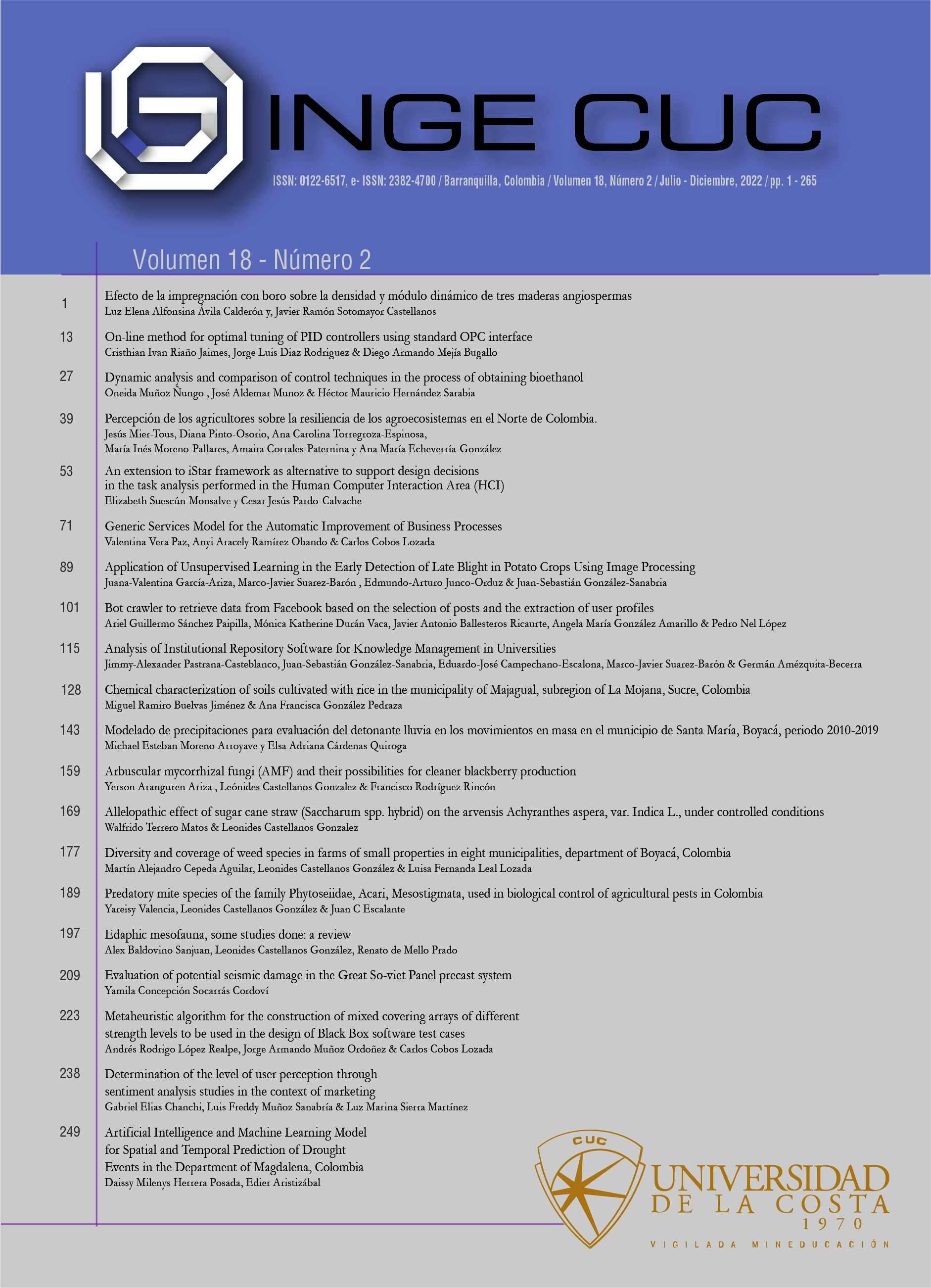

 English
English
 Español (España)
Español (España)
